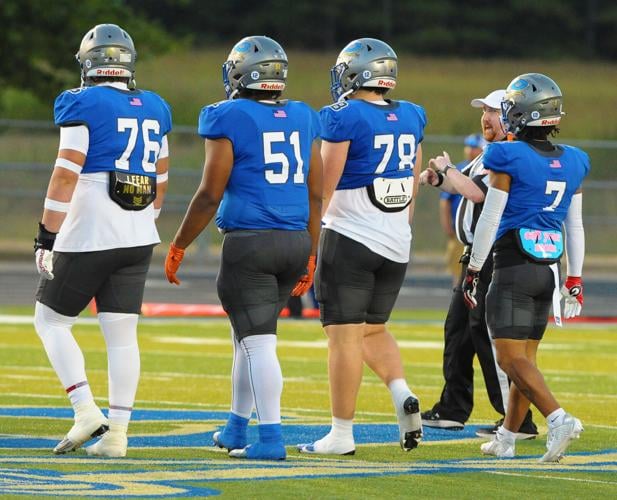History of Cassville
Cassville is the most notable antebellum town in North Georgia, holding rich history in every corner. In 1832, the Georgia General Assembly created the county of Cass (now Bartow County). Cassville was the focus of the development of public buildings and commissioners for northwest Georgia. Today, the community encompasses the area of Cass-White Road and Firetower road, extending a mile on all directions. The town was platted in 1833, named after Lewis Cass, a renowned army general who later served as a Michigan Senator.
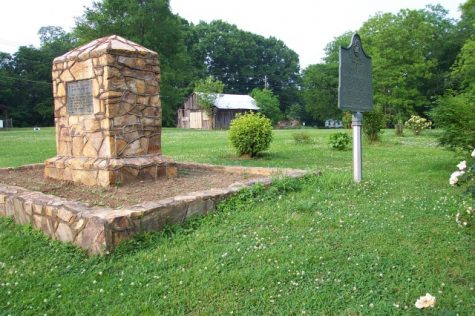
During the Civil War, Cassville was the most prominent town in north Georgia. The town was thriving, it had hotels, merchants, two colleges, and lawyers in the courthouse square. However, during Sherman’s March to the Sea in 1864, the town was burned, and only one pre-civil war house remains.
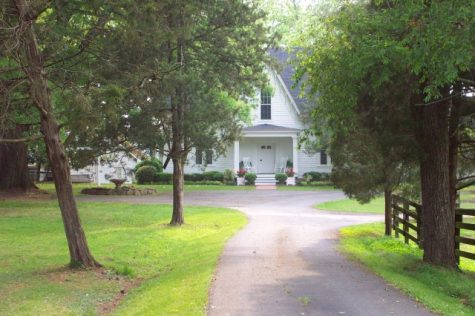
Only a few families stayed in Cassville during the war, mostly because they had a substantial real estate, and these people went on to be teachers, doctors, ministers and even elected officials for the county. After the war, however, most people moved to Cartersville which had become the County Seat.
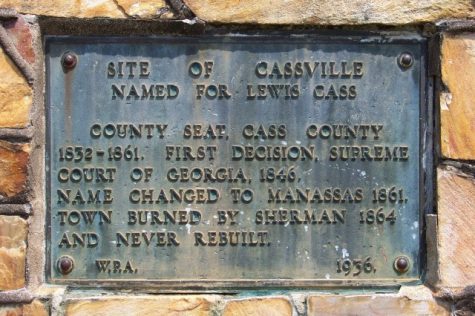
There were 2 schools in the town, Chapman Hill school for boys and the Methodist Female College built in 1854. They were both destroyed by federal forces in 1857. In 1923, the Noble Hill Rosenwald school was the first standard black school for Bartow County children. The school closed in 1955 when the Bartow Elementary School was established. Now, it is known as Noble Hill-Wheeler Memorial Center.
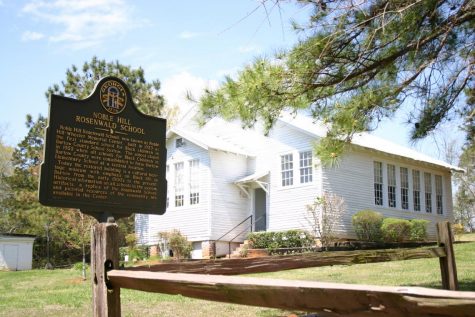
When the war ended and many of the men didn’t return home, the women and children packed up the city and left. The story of Mr. Tom Word who was clerk of the court, allegedly loaded his buggy with county records and some of the files of the county paper when he heard that the town was to be burned and rode away just before the courthouse building was destroyed. Supposedly he salvaged many of the old books which contained records of Cassville and can be found at the University of Georgia.
It was this railroad that ended any possibility of rebuilding Cassville. Cassville could only be reached by horse or stagecoach, while Cartersville was a major rail center. It is for this reason that Cassville today is only a small community consisting of the three old churches, a store, a post office, a new fire station, an empty courthouse square, and a Confederate Cemetery.







